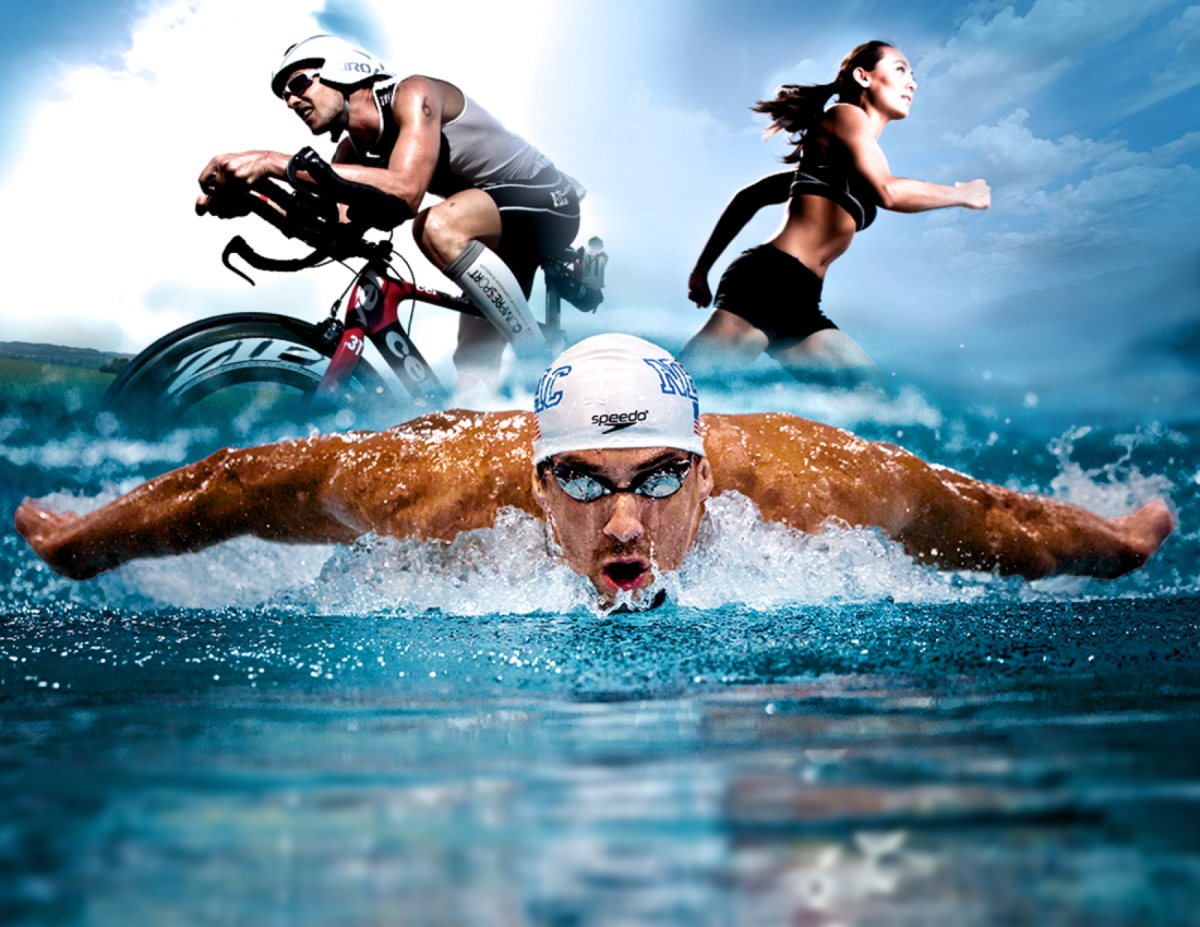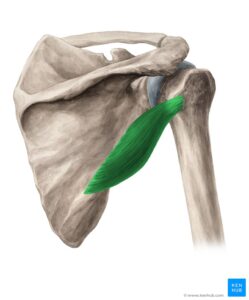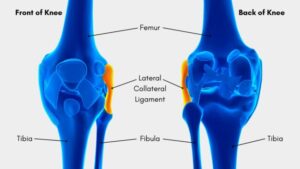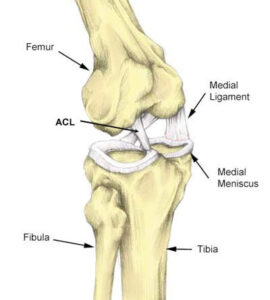Welcome to the ultimate triathlon training plan! Whether you’re a seasoned athlete or a beginner looking to challenge yourself, triathlon training can be a rewarding and transformative journey. This comprehensive guide will help you prepare for the swim, bike, and run segments, ensuring you’re ready for race day. Let’s dive into the details and get you on the path to peak performance!
Introduction to Triathlon Training
Triathlons are multi-sport events that test your endurance, strength, and mental toughness. A well-structured triathlon training plan is essential for success. It will help you balance the demands of swimming, cycling, and running while avoiding burnout and injury. This guide will provide you with everything you need to know, from setting your goals to mastering each discipline.
Setting Your Goals
Before you start your triathlon training plan, it’s crucial to set realistic and achievable goals. Everyone wants that 18-minute 5K, or to swim through the swimming course like Michael Phelps. However, having a clear plan is crucial to success. Whether you’re aiming to complete your first sprint triathlon or improve your time in an Ironman, having clear objectives will guide your training and keep you motivated. Write down your goals and revisit them regularly to stay on track.
The Components of a Triathlon Training Plan
Swimming
- Technique: Focus on improving your stroke efficiency. Drills like catch-up, finger drag, and pull buoy can help refine your technique.
- Endurance: Incorporate long swims into your training to build stamina. Aim for at least one long swim per week.
- Speed: Add interval training to your routine to increase your swim speed. Try sets like 10x100m at race pace with short rests.
- Open Water Practice: If possible, practice swimming in open water to get used to the conditions you’ll face on race day. This can help reduce anxiety and improve your confidence. As someone who had competitively swam for over a decade, I can assure you: open water and pool water are NOT the same. The waves alone present a large enough challenge in and of itself. Practicing in realistic conditions can best prime you for any outcome that the triathlon can throw at you.

Cycling
- Bike Fit: Ensure your bike is properly fitted to avoid discomfort and injury.
- Endurance: Include long rides in your training to build cycling endurance. Gradually increase your mileage each week.
- Intervals: Incorporate interval training to improve your cycling speed and power. Try workouts like 5×5 minutes at a high intensity with recovery in between.
- Hills: Practice riding on hills to build strength and improve your climbing ability. This will make you more resilient on race day. The leg pump will also be AMAZING.
Running
- Form: Focus on running with proper form to reduce the risk of injury. Maintain an upright posture and a quick, light stride.
- Endurance: Build your running stamina with long runs. Aim for at least one long run per week.
- Speed Work: Include interval training and tempo runs to increase your running speed and efficiency. I would highly recommend a Google Search in the direction of Fartlek, interval training designed specifically for this purpose.
- Brick Workouts: Combine bike and run sessions to simulate race conditions. This helps your body adapt to the transition from cycling to running.

Structuring Your Weekly Training
A balanced triathlon training plan should include a mix of swim, bike, and run workouts, as well as strength training and rest days. Here’s a sample weekly schedule:
- Monday: Swim (Technique and Endurance)
- Tuesday: Bike (Intervals) + Run (Easy)
- Wednesday: Swim (Speed) + Strength Training
- Thursday: Run (Intervals) + Bike (Easy)
- Friday: Swim (Endurance)
- Saturday: Long Bike Ride + Short Run (Brick Workout)
- Sunday: Long Run + Recovery
It is essential that on the days you recover, you do not just sit around watching your favorite episode of Friends and eat some ice cream. That is called regression. Instead, actively stretch and walk around to break up some lactic acid. You will be thanking yourself in the following days.
Recommended Training Programs
Incorporating professional training programs can give you a structured and effective approach. Here are a few from reputable fitness retailers:
TrainingPeaks
- Ironman Training Plans: Tailored plans for different levels, from beginner to advanced, helping you train effectively for an Ironman triathlon.
- Sprint Triathlon Plans: Ideal for beginners, these plans focus on building a strong foundation in all three disciplines.

TriDot
- Optimized Triathlon Training: Uses big data and artificial intelligence to create personalized training plans that adapt to your performance and progress.
- Coach Support: Access to certified coaches for guidance and feedback.

Garmin Connect
- Triathlon Training Plans: Free plans for various triathlon distances, integrated with Garmin devices for seamless tracking and analysis.
- Adaptive Training: Plans adjust based on your workout performance and schedule.

IRONMAN U
- Official IRONMAN Training Programs: Comprehensive plans developed by certified IRONMAN coaches, covering all distances from Sprint to Full IRONMAN.
- Community Support: Access to a community of fellow athletes and coaches for motivation and advice.

Runner’s World
- Beginner Triathlon Training Plan: A 12-week plan designed for newcomers to the sport, focusing on building endurance and confidence.
- Advanced Triathlon Plan: For experienced triathletes looking to improve their times and performance.
Nutrition and Recovery
Proper nutrition and recovery are vital components of a successful triathlon training plan. Ensure you’re fueling your body with a balanced diet rich in carbohydrates, proteins, and fats. Hydration is equally important, especially during long training sessions.
As I said earlier, incorporate recovery techniques such as stretching, foam rolling, and massage to keep your muscles healthy and prevent injuries. Adequate sleep is also crucial for recovery and overall performance. For all of you “night owls,” that means 7-9 hours of sleep every day. Not only will it maintain athletic performance, but it will promote healthy heart and gut health as well. You cannot afford to get sick on race day after all of your preparations.
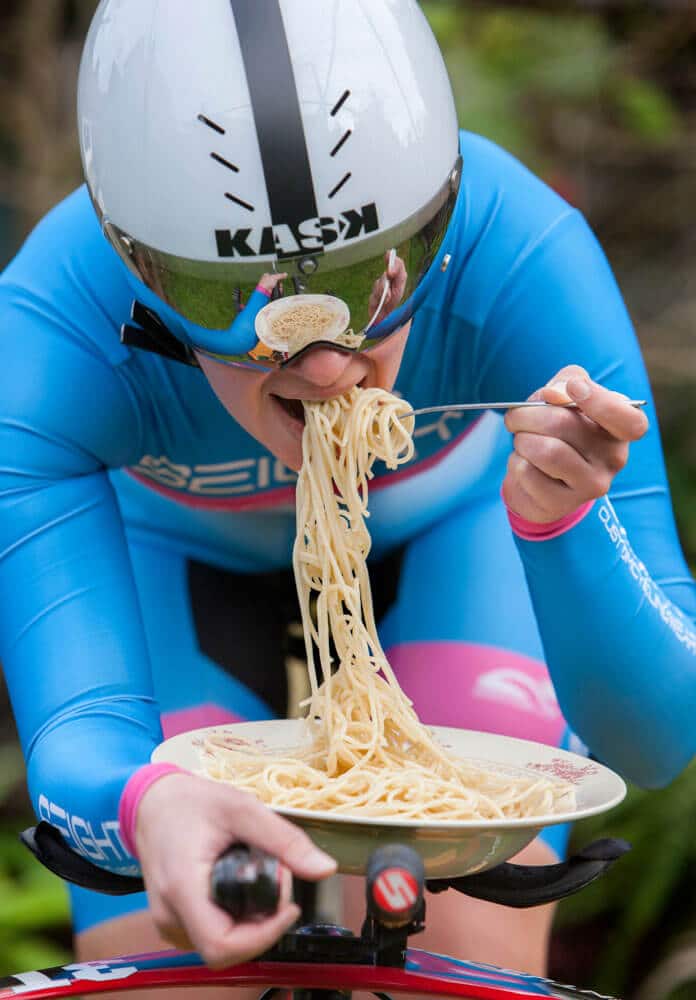
- Pre-Race Nutrition: Focus on a balanced diet rich in complex carbohydrates, lean proteins, and healthy fats. Carbohydrate loading a few days before the race can help maximize your glycogen stores. Again, do NOT go crazy on the rice and pasta. You will over maximize your glycogen stores, and then insulin starts coming into play. For race day, we’re gonna try and stay away from any extra insulin resistance.
- During Race Nutrition: Practice your race-day nutrition strategy during training. Use energy gels, bars, and drinks to maintain your energy levels.
- Post-Race Recovery: Replenish your body with a mix of protein and carbohydrates within 30 minutes of finishing. Hydrate well and incorporate light stretching to aid recovery. At this end of this race. you are going to be absolutely obliterated. There is no easy way to say this. Eat and drink to recover and take a nap. Your body will thank you with less excruciating soreness than could have been possible.
Tips and Tricks for Triathlon Success

Gear Up:
Invest in quality gear that fits well and meets your needs. A well-fitted wetsuit, a reliable bike, and comfortable running shoes can make a significant difference.
Practice Transitions:
Smooth transitions can save valuable time. Practice setting up your transition area and moving quickly between each segment.
Mental Training:
This is arguably the most important rule to follow. Develop a strong mental game. Visualization, positive self-talk, and mindfulness can help you stay focused and calm during the race.

Rest and Recovery:
Don’t underestimate the importance of rest days and recovery. Overtraining can lead to injuries and burnout.
Join A Community:
Connect with other triathletes for support, motivation, and tips. Local clubs, online forums, and social media groups can be great resources. This research, though tedious at first, could be the reason you finish first.
Race Simulations:
Conduct mini-triathlons or race simulations to get a feel for race day. This helps you practice pacing, transitions, and nutrition in a race-like environment. Again, simulate race conditions. The more you prepare your body, the more your body will be adapted to take on the stresses you put upon it.
Cross-Training:
Incorporate activities like yoga, Pilates, and strength training to enhance flexibility, core strength, and overall fitness. Athleticism is a big part of all triathlons, and so you need to be in your best shape to put in your best work!

Monitor Progress:
Keep track of your training progress and adjust your plan as needed. Use tools like training logs, apps, and wearable technology to monitor your performance.
Stay Flexible:
Be prepared to adjust your training plan based on your body’s feedback and any unexpected circumstances. LISTEN TO YOUR BODY. Flexibility is key to maintaining a healthy and effective training regimen.
Enjoy the Process:
Remember to have fun and enjoy the journey. Triathlon training is not just about the race day; it’s about the personal growth, challenges, and achievements along the way.
Listen to Your Body:
Pay attention to any signs of overtraining, such as persistent fatigue, soreness, or mood swings. It’s essential to adjust your training intensity and rest as needed to prevent injuries.
Get a Coach:
If possible, consider hiring a triathlon coach. They can provide personalized training plans, expert advice, and motivation to help you reach your goals more efficiently.
Invest in Technology:
Use gadgets like GPS watches, heart rate monitors, and power meters to track your progress and optimize your training. These tools can provide valuable data to help you fine-tune your workouts.
Focus on Flexibility:
Incorporate stretching and flexibility exercises into your routine. This can improve your range of motion, reduce the risk of injuries, and enhance overall performance.
Mind Your Cadence:
Work on maintaining an efficient cadence for both cycling and running. Aim for a cycling cadence of 80-90 RPM and a running cadence of 170-180 steps per minute. Many programs, including the ones listed above, will use this range to prime your cardiovascular system. This can help you conserve energy and reduce fatigue.
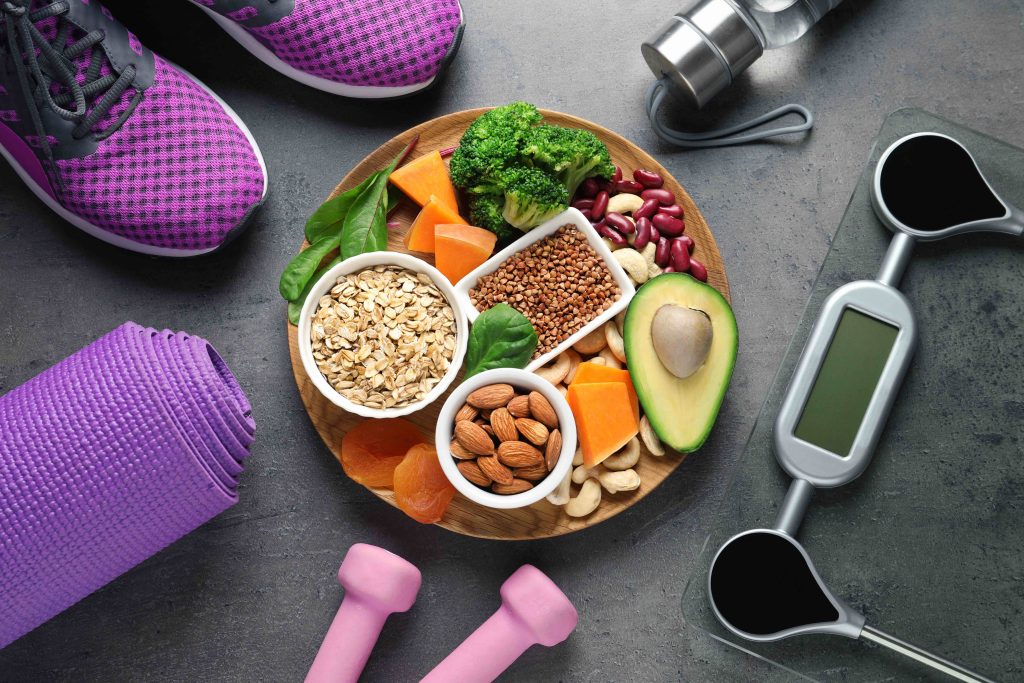
Practice Nutrition Strategies:
Test different nutrition strategies during your long training sessions to find what works best for you. This includes experimenting with different types of energy gels, bars, and drinks to avoid gastrointestinal issues on race day.
Heat Acclimation:
If your race is in a hot climate, gradually acclimate to the heat by training during warmer parts of the day. This can help your body adapt and improve performance in hot conditions. The same goes for the cold as well. Always be prepared for the worst-case scenario.

Strength Training:
Incorporate strength training exercises like squats, lunges, and core work into your routine. Building strength can improve your power and stability in all three disciplines.
Mental Visualization:
Spend a few minutes each day visualizing yourself successfully completing the race. Imagine the swim, bike, and run segments, as well as the transitions. This mental rehearsal can boost your confidence and readiness.
Learn from Others:
Read race reports, watch videos, and talk to experienced triathletes to learn from their experiences. This can provide valuable insights and tips to help you avoid common pitfalls and optimize your performance.
Tips for Race Day

- Preparation: Lay out your gear the night before and ensure everything is in working order.
- Nutrition: Have a race-day nutrition plan to keep your energy levels high.
- Pacing: Start at a comfortable pace and avoid the temptation to go out too fast.
- Transitions: Practice your transitions to make them as smooth and efficient as possible.
- Warm-Up: Arrive early to give yourself plenty of time to warm up and acclimate to the environment.
- Stay Calm: Nerves are natural, especially for your first triathlon. Focus on your breathing, stay positive, and remember your training.
- Have a Plan B: Be prepared for unexpected situations, such as equipment issues or weather changes. Stay flexible and adapt as needed.
Conclusion
A well-rounded triathlon training plan will help you build the endurance, strength, and mental toughness needed to excel in all three disciplines. Stay consistent, listen to your body, and enjoy the journey. It is a long process, and a painful one. However, with dedication and the right training plan, you’ll be ready to conquer your triathlon goals. To all those who read this in the hope of finishing their 100th or their 1st triathlon, I am rooting for you. I hope the information in here will give you the head start you need to be successful in one of the greatest fitness courses mankind has to offer!
Ready to dive into your triathlon training plan? Let’s get started and make this your best race season yet!

